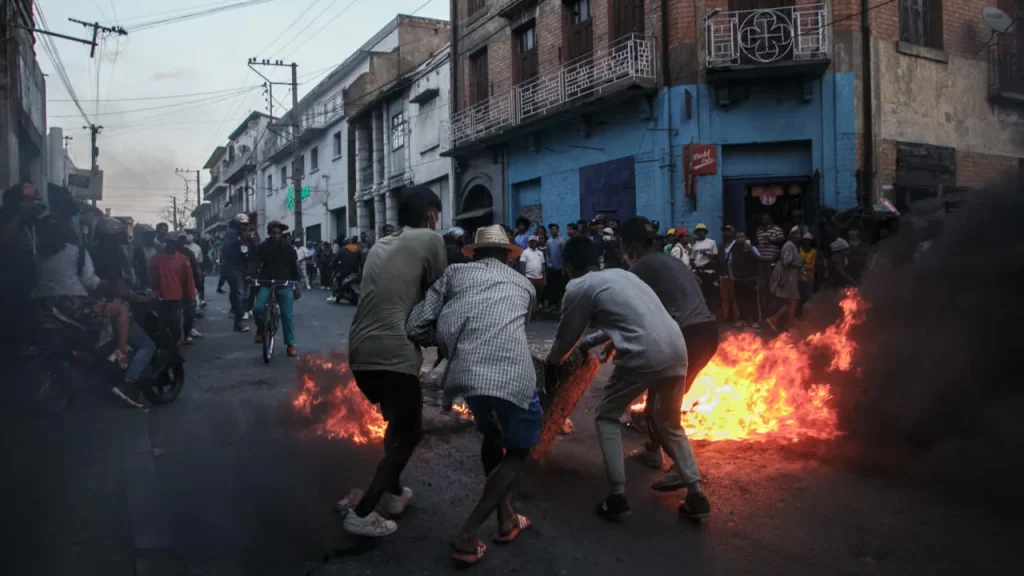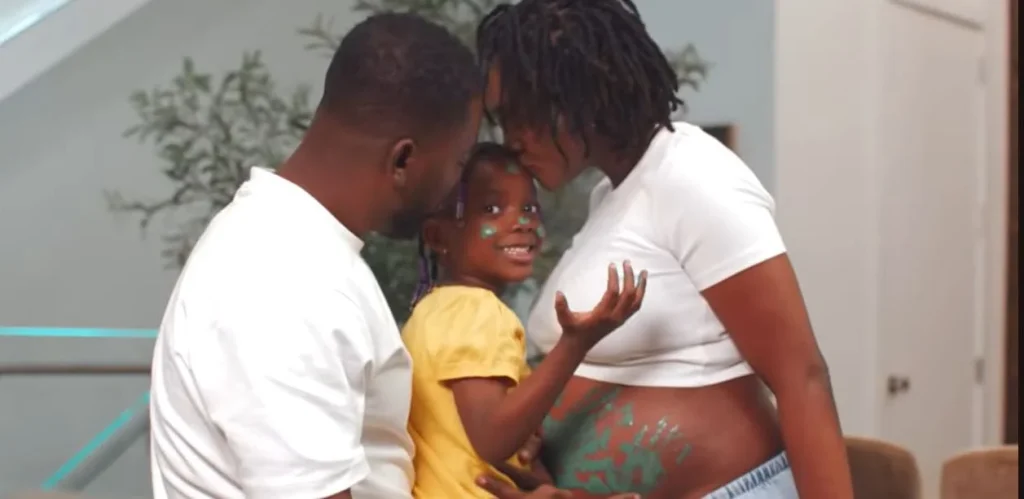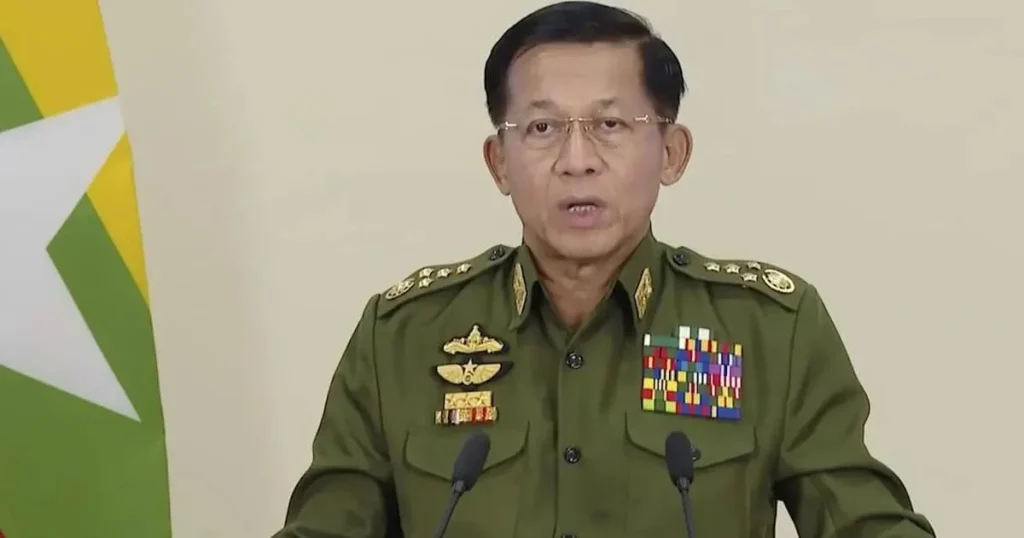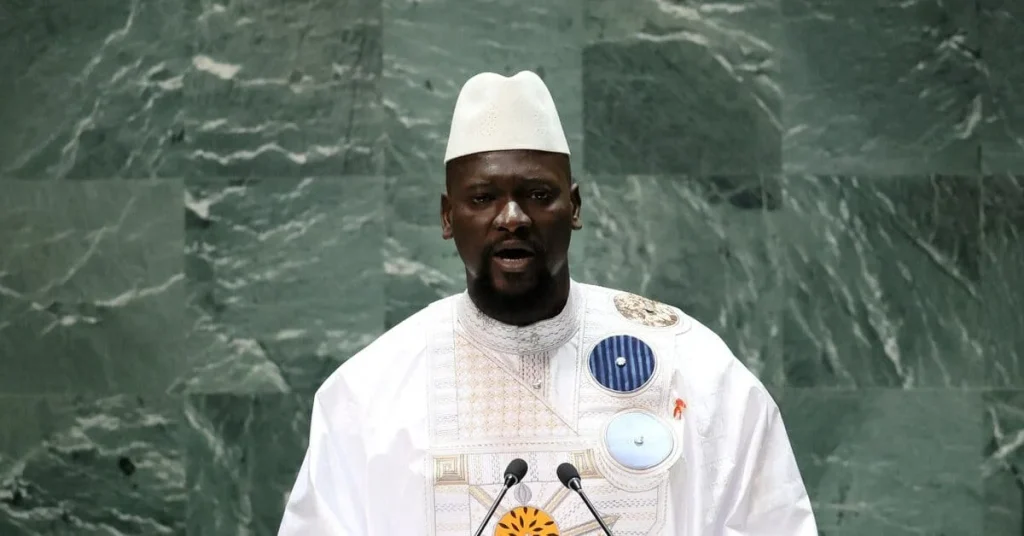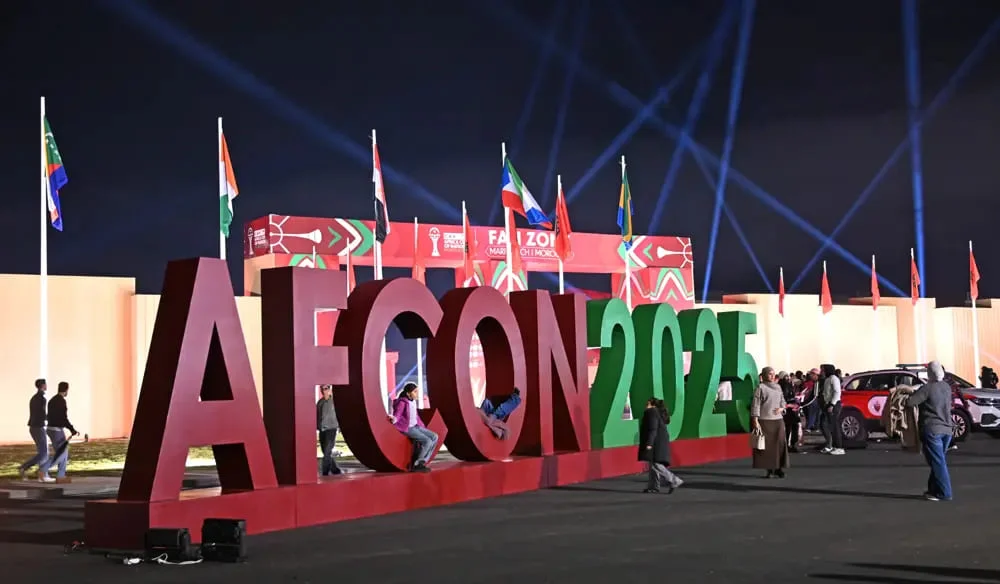On Tuesday, October 7, 2025, Madagascar’s capital saw widespread protests following President Andry Rajoelina’s appointment of a new prime minister.
Healthcare workers, including medical students and junior doctors, marched from the city’s largest public hospital, Joseph Ravoahangy Andrianavalona, to the Health Ministry.
Clashes with Security Forces
The demonstration turned tense near the ministry. Police blocked the marchers’ path. After over an hour of talks, authorities used tear gas to scatter the crowd, escalating the situation.
Demands for Better Conditions
Strikers seek improved healthcare and working conditions. “We’re fighting for Malagasy patients; care quality is dire,” one protester said.
They vowed not to resume work until demands are met. Students earn just 25 euro cents hourly, while junior doctors make €100 monthly, seeking a raise to €240.
Strain on Healthcare System
Dr. Santatra Andriamanantsoa highlighted dire conditions. “Hospitals lack equipment and infrastructure,” she said.
“Doctors handle 50 to 100 patients daily.” In response, junior doctors halted minimal services in public hospitals, intensifying the crisis.
Political Moves Amid Unrest
Rajoelina appointed a military prime minister on Monday to address mounting tensions. He plans a “national dialogue” on Wednesday after youth protesters issued a 48-hour ultimatum, threatening a nationwide strike if demands go unmet.
Broader Implications
The protests reflect deep frustration with Madagascar’s healthcare system and governance. The strike and clashes underscore urgent calls for reform, with potential for wider unrest if unresolved.


